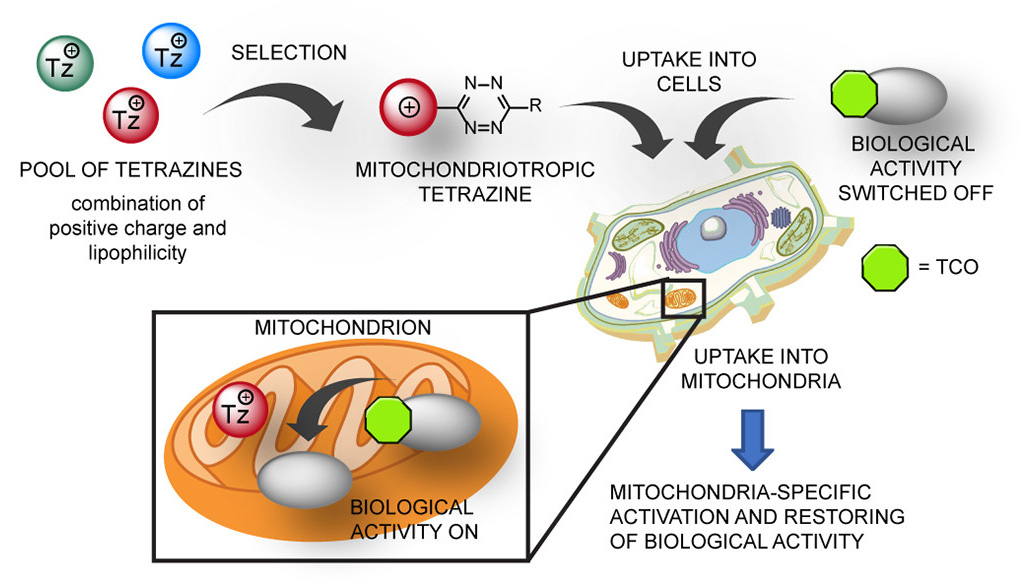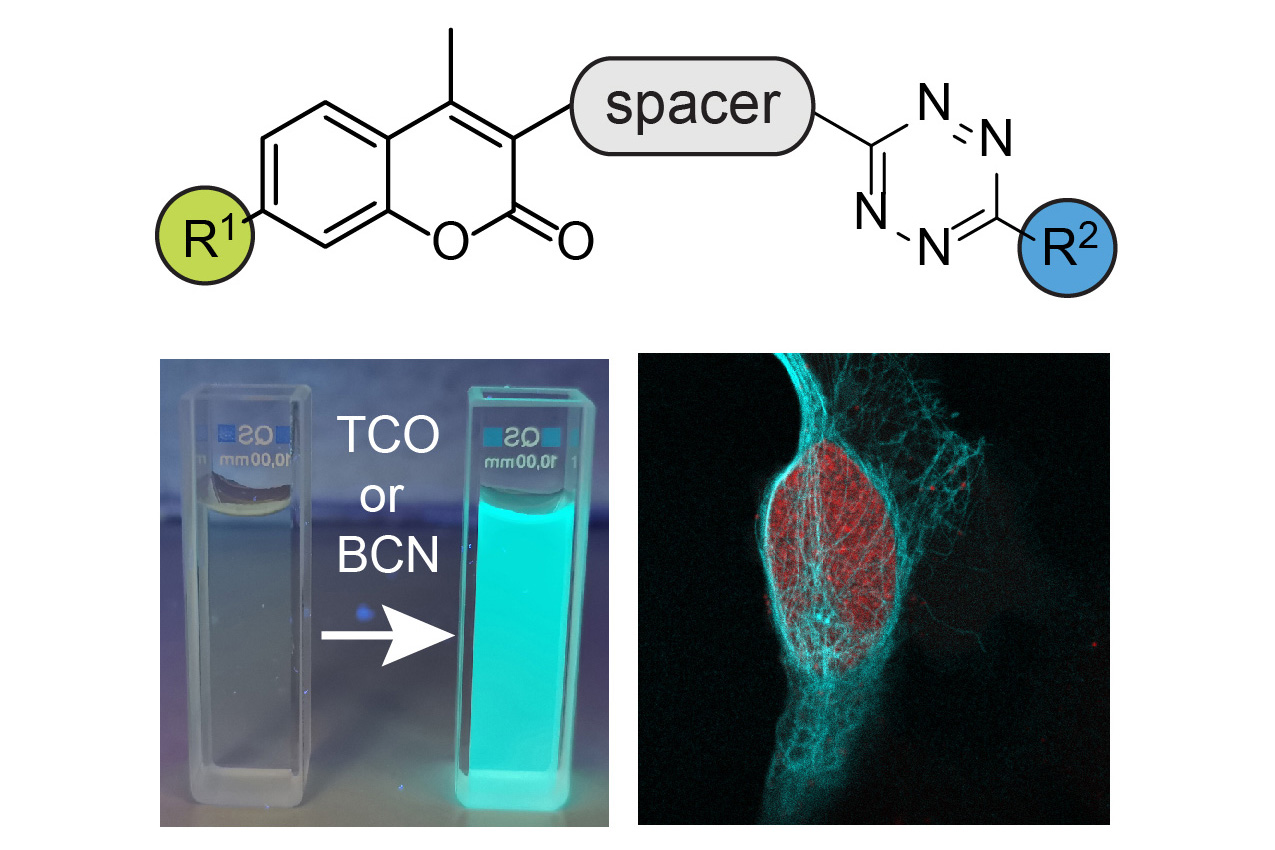Blog
Jáchym Hrušák, a student from the Charles University joins our group to work on his Bachelor thesis.
Welcome and good luck!
High school student Klára Wildmannová from Brno joins the group for a 6-week internship to get her first hands-on experience in laboratory work.
Welcome!

Our new work on the synthesis of TCO and BCN containing peptides and their application in bioorthogonal labeling was just accepted in Chemistry—A European Journal.
- La-Venia, A., Dzijak, R., Rampmaier, R. and Vrabel, M. (2021), An Optimized Protocol for the Synthesis of Peptides Containing trans-cyclooctene and Bicyclononyne Dienophiles as Useful Multifunctional Bioorthogonal Probes. Chem. Eur. J. Accepted Author Manuscript. https://doi.org/10.1002/chem.202102042
Congratulation to all authors and big thanks to Agustina who made the great job during her postdoctoral stay in the group!
Ing. Simona Bellová who studied at UCT Prague joins the group as a research assistant.
Welcome!
Adrien Merviel, a student from the National Graduate School of Chemistry in Montpellier (ENSCM) France, joins the group for 4-month internship.
Welcome!

Many drug targets are located in particular cellular compartments known as organelles. Traditional medicinal chemistry approaches focus on bioavailability and tissue targeting, but rarely address drug delivery to specific cellular organelles. Our team has demonstrated that the delivery and release of biologically active molecules from inactive precursors can be achieved in an organelle-specific manner.
Read more in the IOCB web article.
- R. Dzijak, J. Galeta, A. Vázquez, J. Kozák, M. Matoušová, H. Fulka, M. Dračínský, M. Vrábel, Structurally Redesigned Bioorthogonal Reagents for Mitochondria-Specific Prodrug Activation, JACS Au 2020, https://pubs.acs.org/doi/full/10.1021/jacsau.0c00053


Our work was highlighted on ChemistryViews. Congratulations to all the authors!

In this article published within the special collection on “Chemistry in the Czech Republic” we compare the pros and cons of transition-metal mediated and tetrazine-triggered bioorthogonal release reactions.
- F. Mancuso, M. Rahm, R. Dzijak, H. Mertlíková-Kaiserová, M. Vrabel, Transition‐Metal‐Mediated versus Tetrazine‐Triggered Bioorthogonal Release Reactions: Direct Comparison and Combinations Thereof, ChemPlusChem 2020, 85, 1669. https://doi.org/10.1002/cplu.202000477
Thanks to Francesca for a great job during her internship in the lab!
In our work published as a hot paper within “The Young Chemists 2020 Special Collection” of Chemistry, we describe the influence of various substituents on the photophysical properties of dyes formed in reaction of coumarin-tetrazines with two different dienophiles. These highly fluorogenic reactions can be used for various bioimaging applications in live cells.
- J. Galeta, R. Dzijak, J. Obořil, M. Dračínský, M. Vrabel, A Systematic Study of Coumarin–Tetrazine Light‐Up Probes for Bioorthogonal Fluorescence Imaging, Chem. Eur. J. 2020, 26, 9945, https://doi.org/10.1002/chem.202001290
Check out our videos showing how the reaction works in the cells in real time!
Thanks also to Paul Reyes for creating the colorful Cover Feature. COVID is not going to stop us!


In collaboration with the group of Sabine Schneider at LMU Munich, we present in this paper an optimized expression system for production of norbornene-containing single chain antibody. The antibody containing the unnatural amino acid is fully functional and can be used for the attachment of other useful functional groups by click chemistry.
- C. M. Scheidler, M. Vrabel, and S. Schneider, Genetic Code Expansion, Protein Expression, and Protein Functionalization in Bacillus subtilis, ACS Synthetic Biology 2020 9 (3), 486-493, https://doi.org/10.1021/acssynbio.9b00458

